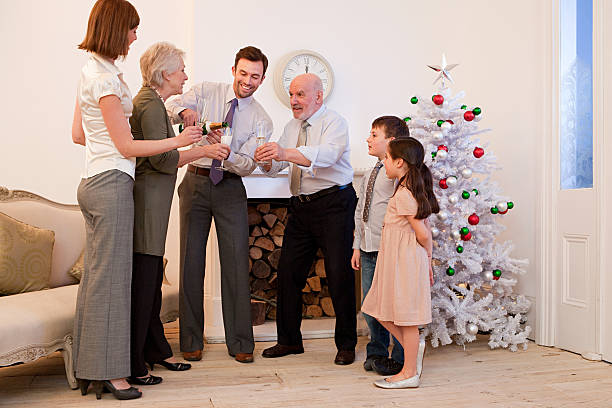Wine, often referred to as the nectar of the gods, has been celebrated for centuries for its rich flavors, diverse aromas, and the way it enhances the dining experience. However, even the finest wines can fall victim to various faults that compromise their taste and quality. Understanding when wines go bad is crucial for both enthusiasts and connoisseurs. In this article, we will explore some common wine faults, their causes, and how to identify them.
- Oxidation
One of the most prevalent issues that can afflict wines is oxidation. This occurs when wine comes into contact with too much oxygen, leading to the degradation of its flavors and aromas. Oxidation can happen during the winemaking process, storage, or even after a bottle has been opened. Signs of oxidized wine include a brownish color, a flat taste, and a lack of freshness.
To prevent oxidation, it’s essential to store wine properly by keeping it in a cool, dark place and ensuring that the cork or closure is intact. Once a wine is opened, it’s best to consume it within a few days to minimize the risk of oxidation.
- Cork Taint
Cork taint is a common issue that arises from a compound called TCA (2,4,6-trichloroanisole) found in natural cork. When a wine is affected by cork taint, it acquires a musty, moldy odor akin to wet cardboard or a dank basement. This fault can occur during the cork’s production process or when the cork comes into contact with mold or chlorine compounds.
To identify cork taint, give the wine a good swirl and a sniff before tasting. If the aroma seems off, resembling a damp or musty basement, there’s a good chance the wine is tainted. Synthetic corks and alternative closures have been introduced to reduce the occurrence of cork taint, offering wine producers and consumers more reliable options.
- Reduction
On the flip side of oxidation is reduction, a fault that occurs when wine lacks exposure to enough oxygen. This can result in a wine having an intense aroma reminiscent of rotten eggs or burnt rubber. Reduction is often caused by winemaking practices such as the use of too much sulfur dioxide, fermentation issues, or inadequate aeration during production.
To identify reduction, swirl the wine in the glass and give it some time to open up. If the unpleasant, sulfurous odors persist, the wine may be suffering from reduction. Decanting the wine or allowing it to breathe can sometimes help alleviate this fault.
- Volatile Acidity (VA)
Volatility in wine refers to the presence of acetic acid, which gives the wine a vinegar-like aroma and taste. While a small amount of volatile acidity is normal and can contribute to a wine’s complexity, excessive levels are considered a fault. High temperatures during fermentation, poor hygiene practices in the winery, or contamination from spoiled equipment can lead to elevated levels of volatile acidity.
To identify volatile acidity, pay attention to the wine’s aroma and taste. If it smells strongly of vinegar or nail polish remover and has a sharp, tangy flavor, it’s likely affected by volatile acidity. It’s important to note that some wine styles, such as certain Italian reds, intentionally exhibit a higher level of volatile acidity as part of their character.
- Heat Damage
Exposure to high temperatures, either during transportation or storage, can cause irreversible damage to wine. Heat can lead to the premature aging of the wine, resulting in a cooked or stewed flavor profile. Signs of heat damage include a flat taste, faded colors, and a lack of vibrancy in the aromas.
To prevent heat damage, it’s crucial to store wine in a cool environment, away from direct sunlight. If purchasing wine in warmer months, consider transporting it in insulated packaging or, if possible, opt for expedited shipping.
Conclusion
While wine enthusiasts may revel in the vast array of flavors and aromas that different wines offer, it’s essential to be aware of the potential pitfalls that can arise. From oxidation and cork taint to reduction, volatile acidity, and heat damage, understanding when wines go bad empowers consumers to make informed decisions about their purchases and storage practices.
By being vigilant and using their senses to identify these common wine faults, enthusiasts can enhance their overall wine-drinking experience and ensure that each bottle opened is a testament to the craftsmanship and artistry of winemaking. Cheers to enjoying wines at their best and savoring the complex symphony of flavors that well-crafted wines have to offer.




